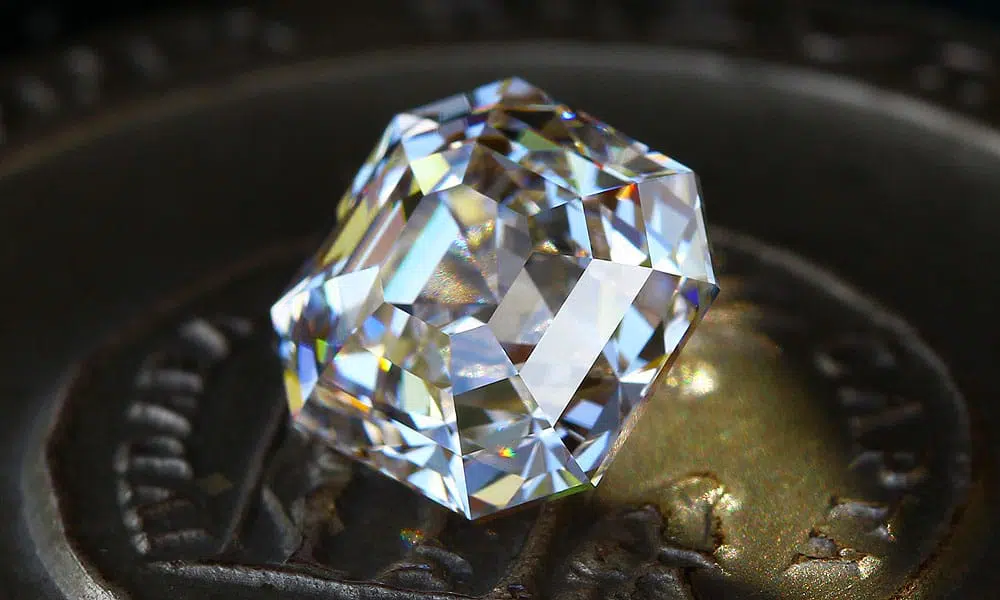Table of Contents
Introduction
Before we embark on this journey through the diamonds 4Cs, let’s grasp the essence of these grading criteria. The 4Cs serve as the universal language for assessing a diamond’s quality and value. Each C—Carat Weight, Cut, Clarity, and Color—plays a pivotal role in determining a diamond’s brilliance, beauty, and ultimately, its worth.
1. Carat Weight
Carat Range
The first ‘C’ in our exploration is Carat Weight. Carat weight refers to the measure of a lab diamonds. One carat equals 200 milligrams, a unit of weight derived from the carob seeds once used to balance scales. While larger diamonds often command higher prices, it’s essential to recognize that carat weight alone doesn’t dictate a diamond’s value. Factors like cut, clarity, and color also significantly influence its overall appeal and cost.
2. Cut Quality
Moving on to the second ‘C,’ we encounter Cut Quality. The cut of a diamond is arguably its most crucial attribute, as it directly impacts the stone’s brilliance and fire. A well-cut diamond reflects light in a way that maximizes its sparkle, whereas a poorly cut one may appear dull and lifeless. Understanding cut grades—ranging from Excellent to Poor—empowers buyers to make informed decisions and select diamonds that truly dazzle.
Cut Grades
Diamonds are classified into various cut grades based on their proportions, symmetry, and polish. The highest grade, Excellent, signifies precise craftsmanship and optimal light performance. As we descend through Very Good, Good, Fair, and Poor, the quality of the cut diminishes, affecting the diamond’s brilliance and overall allure.
3. Clarity Grade
Now, let’s explore the third ‘C’—Clarity Grade. Clarity refers to the presence of internal flaws (inclusions) and surface imperfections (blemishes) within a diamond. These natural features, though often microscopic, can impact the stone’s transparency and brilliance. The clarity scale, ranging from Flawless to Included, helps assess a diamond’s purity and determine its value.
Clarity Scale
Diamond clarity is graded under magnification, with professionals what matters in the diamonds 4cs the stone for any imperfections. A flawless diamond, free from inclusions and blemishes, is exceptionally rare and commands a premium price. As we traverse through Internally Flawless, Very, Slightly, and Included categories, the presence and visibility of imperfections increase, influencing the diamond’s desirability and cost.
4. Color Grade
Lastly, we delve into the fourth ‘C’—Color Grade. Diamond color refers to the absence of color in a diamond, with the most valuable stones exhibiting a pure, colorless appearance. The color scale, ranging from D (colorless) to Z (light yellow or brown), allows for precise grading and classification of diamonds based on their hue.
Color Scale
Diamond color is graded by comparing the stone to master stones of known color under controlled lighting conditions. Diamonds with higher color grades (D to F) appear whiter and more radiant, while those with lower grades (G to Z) may exhibit visible traces of yellow or brown. Understanding color grades enables buyers to select diamonds that meet their preferences and budget.
Conclusion
In conclusion, the diamonds 4Cs serve as the cornerstone of diamond grading and evaluation, guiding consumers in their quest for the perfect gemstone. By considering each ‘C’—Carat Weight, Cut, Clarity, and Color—buyers can make informed decisions and choose diamonds that reflect their individual preferences and style. Remember, the true beauty of a diamond lies not only in its physical attributes but also in the emotions and memories it embodies.

